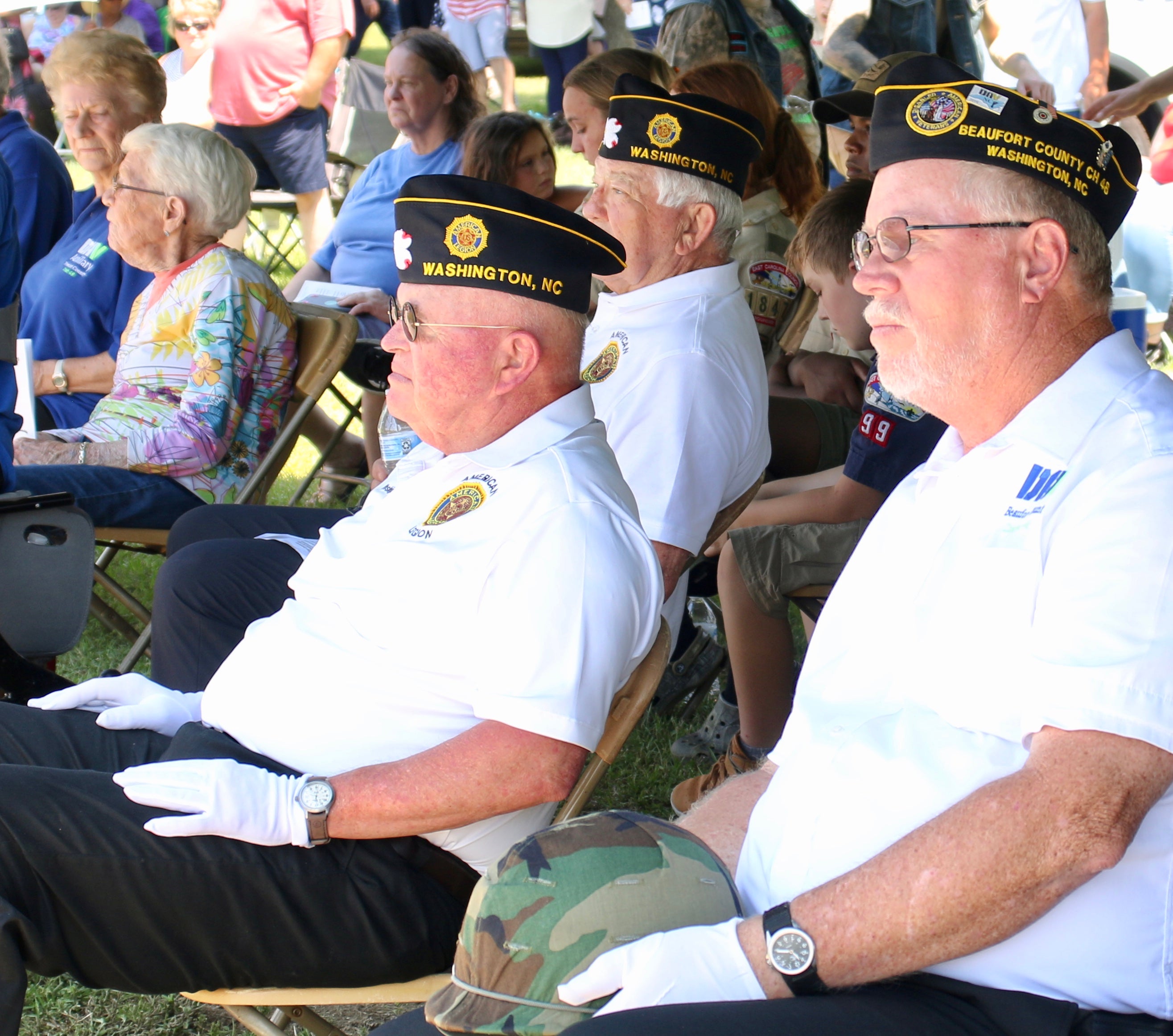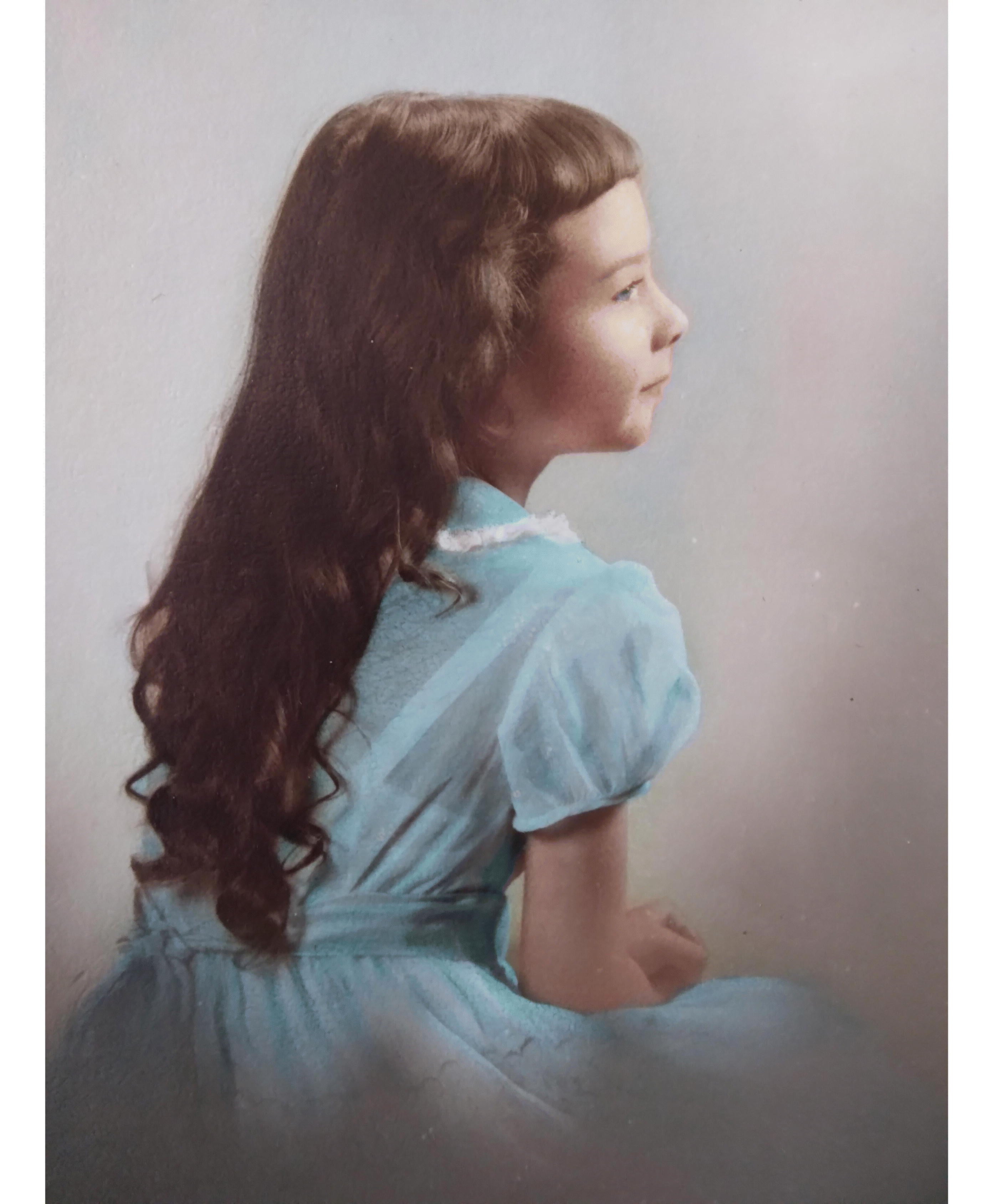Getting focused
Published 11:12 am Thursday, July 5, 2007
By Staff
Ever been caught by one of those red-light cameras, those cameras that take photographs of your vehicle running a red light?
Then, after paying a fine, did you wish those red-light cameras would go the way of the dinosaurs?
Well, a recent decision by the N.C. Supreme Court not to review a state Court of Appeals opinion that determined school districts are entitled to receive 90 percent of the money collected through red light cameras may help you get your wish. In North Carolina, as required by state law, most revenue generated by court-imposed fines goes to school systems.
Because the local governments that employ red-light cameras likely would find it costlier to use them because the bulk of the fines they generate would go the school systems, they may decide they can’t afford the red-light cameras. It’s likely that the little, if any, revenue the local governments would receive from fines imposed against drivers caught by red-light cameras would pay for the cameras.
The case, according to The Associated Press, involved the City of High Point and the Guilford County schools.
High Point used about $40 of each $50 fine to pay for administering the red-light camera program. While the lawsuit was in the court system, High Point, Greensboro and other cities shut down their red-light cameras.
Because the court’s ruling determined the schools should receive $45 of each $50 fine, High Point and Greensboro may owe the Guilford County school system about $4.5 million, according to city officials.
Another result of the court’s ruling may be that a city or town that wants to use red-light cameras will have to spend tax money to operate them. City officials — managers, attorneys and finance officers — will have to determine if keeping such cameras is worth the higher cost.
There’s a good chance taxpayers will not want their tax dollars spent on red-light cameras. After all, they likely will reason, aren’t they already paying police officers to enforce traffic laws? One could argue that employing red-light cameras in the battle against red-light runners would free police to fight crimes such as drug trafficking, break-ins, robberies and murder.
But which of the following scenarios likely would have more influence with a drunken driver who has run a red light — being photographed by red-light camera as he or she runs a red light and continues to drive or being stopped by a police officer who prevents that driver from continuing down the street and endangering people and property?
Red-light cameras only photograph what happens at any given moment. They can’t determine why a driver ran a red light. A police officer has that ability, which can result in lives being saved.
Besides, if you are going to get a ticket for running a red light, wouldn’t you rather receive it from a police officer than in the mail? At least you could argue with the officer. You might not win that argument, but at least you could argue with another human being. Then again, you could win the argument.
Cities and towns should think carefully before beginning or continuing the use of red-light cameras. If they choose to use them, that should be done with the realization that most of the revenue they generate must go to the schools.
After all, that’s the law.
Do cameras need to be focused on the right places to make sure the schools receive that which they are entitled to receive? If so, finding the cameras to do that job should be easy. Just check out some intersections in High Point and Greensboro.




